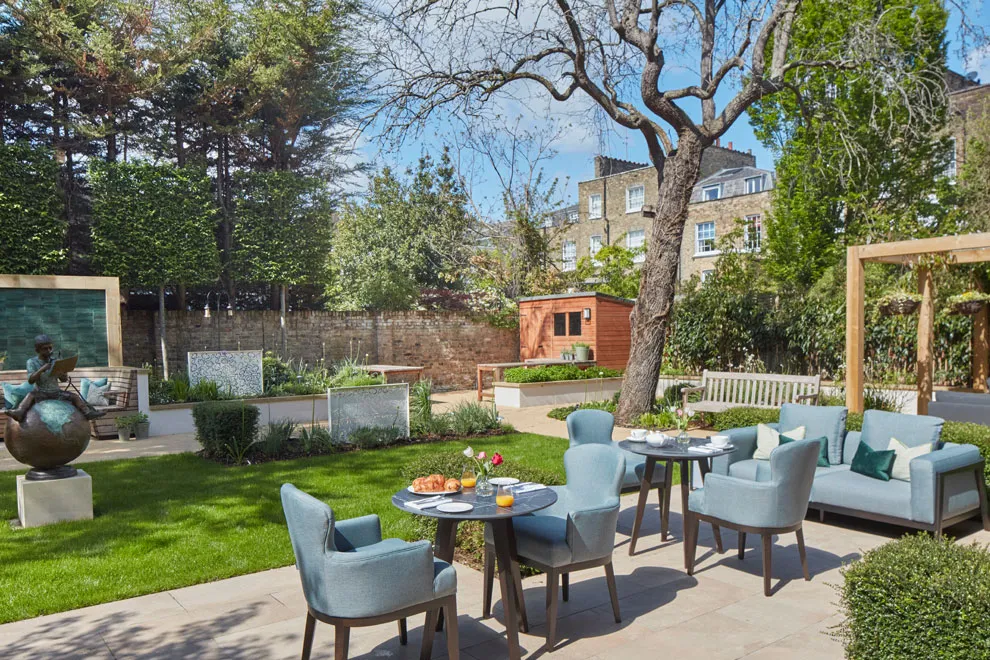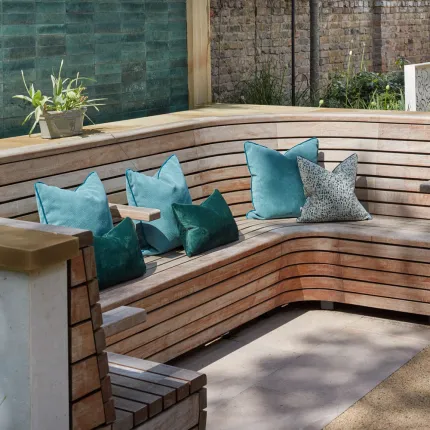Loveday was delighted to be featured in The Times, in an article titled “How to Design Homes for Seniors Living with Dementia” following the journalist’s visit to Loveday Abbey Road.
Read the full feature on THE TIMES or please scroll down to read below.
The journalist enjoyed a tour with Paul Blenkinsop, Loveday’s Property Director who was instrumental in building the home, employing dementia design principals from the University of Stirling Dementia Services Development Centre.
The article focuses on changes that can be incorporated into a home, using Loveday’s design innovation as an example
The article addresses the importance of creating dementia-friendly living spaces for seniors, highlighting the need for thoughtful design considerations that can enhance the quality of life and well-being of individuals living with dementia, praising Loveday’s execution in the state-of-the-art home.
The significance of creating a safe and comfortable environment that supports the unique challenges faced by people living with dementia is highlighted within the article and showcases some of the well-thought-out design and technology innovations within Loveday Abbey Road including lighting, safety features handrails, slip-resistant flooring, and easily accessible bathroom facilities and the importance of removing potential hazards, such as sharp edges or clutter, that can pose risks to individuals with dementia. Considerations for lighting, colour, dining, art and communal areas are also detailed within.
Loveday Abbey Road has been a hugely successful collaboration between leading architects, designers, and healthcare professionals in creating this dementia-friendly home. By implementing innovative design principles and creating a supportive environment, it is possible to enhance the quality of life and promote independence for our Members, whilst ensuring their safety and well-being.
Read the full feature on THE TIMES.




